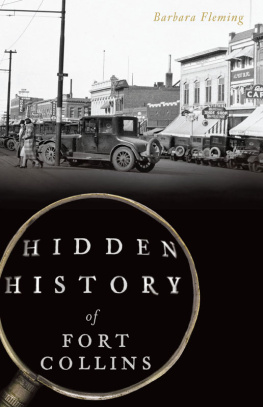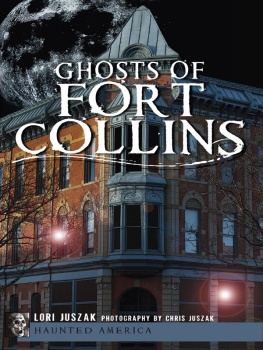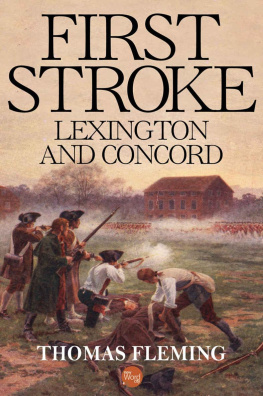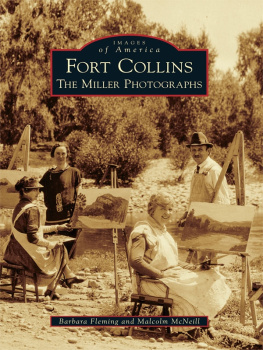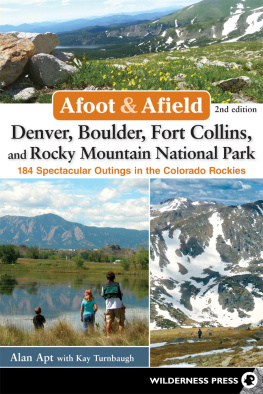


Published by The History Press
Charleston, SC
www.historypress.net
Copyright 2017 by Barbara Fleming
All rights reserved
First published 2017
e-book edition 2017
ISBN 978.1.43966.307.3
Library of Congress Control Number: 2017945006
print edition ISBN 978.1.62585.894.8
Notice: The information in this book is true and complete to the best of our knowledge. It is offered without guarantee on the part of the author or The History Press. The author and The History Press disclaim all liability in connection with the use of this book.
All rights reserved. No part of this book may be reproduced or transmitted in any form whatsoever without prior written permission from the publisher except in the case of brief quotations embodied in critical articles and reviews.
This book is dedicated to my readers, who over the years have let me know
when I got it right and when I did not. They made this book possible.
CONTENTS
ACKNOWLEDGEMENTS
My thanks to those who graciously provided photographsMarilyn Miller Van Ausdal, Stanley Sepulveda, Ed Lucero, Angeline Swets and Bill Swets.
As it has been with every local history book I have authored or coauthored, this book would not have happened without the help of the Local History Archive staffLesley Struc, archivist, and her assistants, Jennifer Hannifin and Jessica Gengler. My gratitude is boundless. Images provided by the Local History Archive are indicated by the initials LHA and the file number of the photograph.
My friend and coauthor Malcolm McNeil has again been immeasurably helpful in locating, providing and scanning photographs for this book. Thank you one more time, Mac. McNeils images are indicated by his initials, MEM.
Thanks to the Fort Collins Coloradoan for letting me tell my stories in print.
INTRODUCTION
Fort Collins, Colorado, began as a military outpost along the path of westward migration. Its purpose was to protect settlers against Native Americanssometimes with deadly outcomes. The fort existed from 1862 until it was decommissioned in 1867. Five years later, after the government had released the land, Franklin Avery platted a town along the Cache la Poudre River where soldiers had once been stationed.
During the early years the new town, which adopted the name of the military fort, experienced both heady growth and severe setbacks, finally emerging by the mid-1880s as a settled community with a stable government, law and order and a mostly upright citizenry. The town, today a mid-sized city, survived thanks to a legislative decision to establish an agricultural college on the site and the 1877 arrival of the railroad, right in the middle of the town, an amenity not appreciated by most residents now.
Colorful characters inhabit Fort Collinss early history, many of them well known: Jack Slade, a renegade said to have murdered more than thirty people (which he probably did not do, though he did kill a few) and hanged by a mob; Lady Catherine Moon, an Irish immigrant who began as a laundress and ended with a British title; Marie Lafitte, a feminist before her time who flaunted liquor laws and got away with it and then died a pauper; and Chief Friday Fitzpatrick, a Native American who was fluent in English and friends with many settlers, exiled to a reservation.
Of course, there are more stories than can be recounted here. Numerous historians have told the stories of memorable individuals and milestones of local history. The columns in this book, first published by the Fort Collins Coloradoan newspaper, and some shorter vignettes recount tales of people, of events, of culture and lifestyle, bringing together wide-ranging aspects of local history garnered from numerous sourcesparts of our citys story that do not as often come to light.
History is peopletheir stories, framed in the context of their times. These stories can help in understanding and appreciating the times that came before our own, enriching and enlivening the culture.
WHO CAME BEFORE
Long before the Wild West emerged in the nineteenth century, other people inhabited these lands. In 1927, A. Lynn Coffin and his father, Judge Roy Coffin, unearthed artifacts that established the presence of Paleo-Indian tribes about eleven thousand years ago, as evidenced by these Folsom points. In the 1930s, the Smithsonian Institute excavated the site. Today, it is part of the Fort Collins Soapstone Prairie Natural Area, where a buffalo herd thrives.


Folsom man weapon. MEM.
Chapter 1
THE WILD WEST
Before the military outpost became a town, the Front Range of Colorado was part of the Wild West, with Native Americans fighting to save their hunting grounds, trappers roaming up and down the valley and canyon, cattle ranchers turning their herds loose in the hills and hunting rustlers when cattle disappeared. At the fort, the soldiers were occupied with their mission rather than with keeping general law and order, so settlers usually imposed their own version of justice.
As for Fort Collins, before the official settlement began in 1872, western culture and justice unquestionably prevailed. The town probably did not have an abundance of enticing women in fluffy dresses that revealed their legs, or pistol-packing cowpokes, or swinging saloon doors behind which a villain, only his hat and spurred boots showing, waited to create mayhem la Hollywood, but there were plenty of weapons, plenty of accommodating women and enough saloons to satisfy everyones thirst. Before emigrant women began to protest the drinking establishments, before churches were entrenched, this town was freewheeling and rough.
The streets were dirt, the sidewalks made of uneven boards. The buildings, many of them false-front structures, were made of wood. The prevailing odors were of horses, their droppings and whatever else arose from the dirt. Nearby, Chief Fridays Arapahos camped peaceably in winter, often coming into town in search of liquor or some other commodity. Trappers passing through traded their furs for goods and found in the town ample opportunity to let off steam. Settlers were self-sufficient for the most part, tending to their own business.
The tales that follow tell of the nineteenth-century Wild West, northern Colorado style, some of the tough, determined, hardy souls who lived through it and some who did not.
THE CHEROKEE TRAIL
In 1849, a band of Cherokee set out for California hoping to find and mine gold. They had mined gold in Georgia, their native land, from which they had been forcibly relocated to Indian Lands, now Oklahoma. Finding no fortune or gold there, some among the tribe decided to head for California, where the fields supposedly gleamed with the precious metal.
Many of them were professionalsdoctors, lawyers; most were well educated. Several kept diaries of the journey. Some Anglos joined the adventurers to create the large group that forged the Cherokee Trail. Historically, the Cherokee Trail starts at Bents Fort in southeastern Colorado and ends at Fort Bridger in Wyoming, near the Utah border.
Next page
